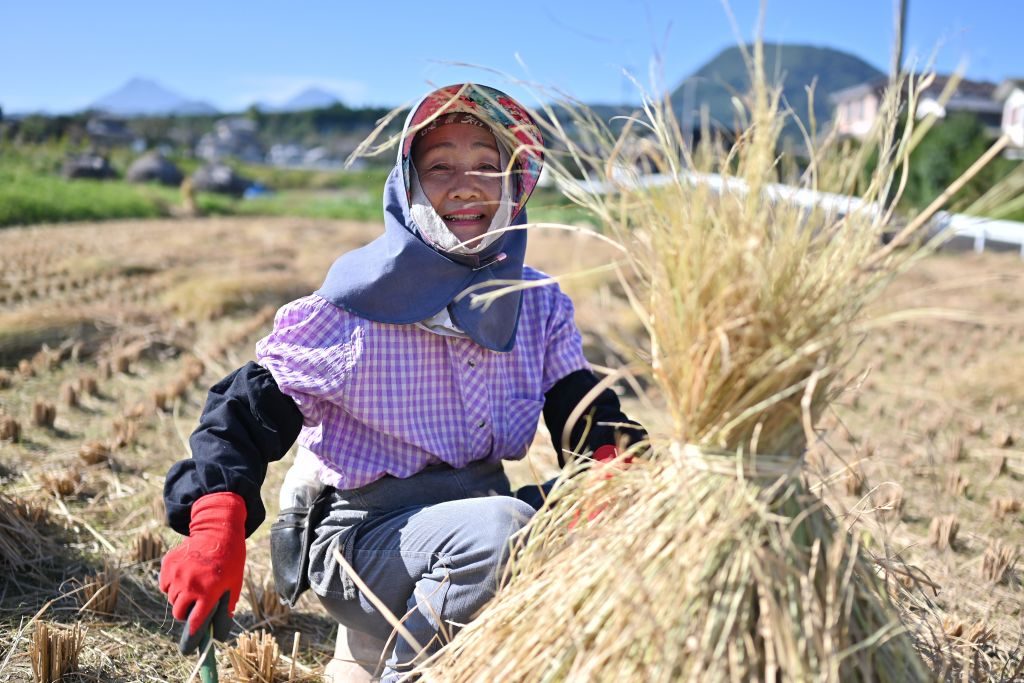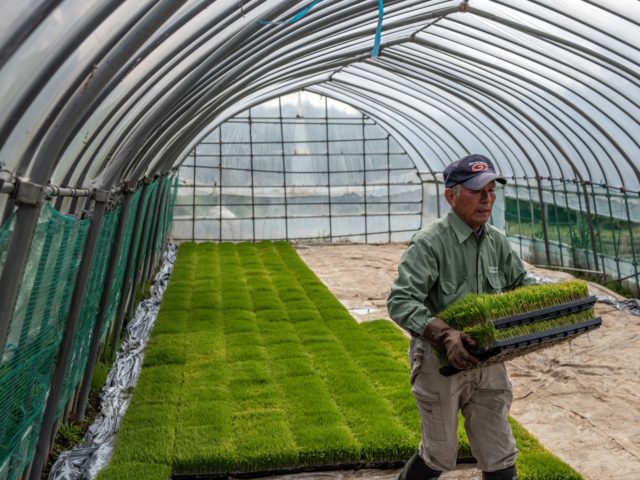Rice cultivated on Japan’s northernmost main island of Hokkaido “has become tastier thanks to (global) warming,” former Japanese Prime Minister Taro Aso said Monday.
Acknowledging that many people “associate a warming climate with negative developments,” Aso said the public must also recognize that the theoretical phenomenon had produced “something good” on Hokkaido, referring to its rice harvest.
“[R]ice in Hokkaido ‘used to be unsalable’ but is now tastier and even exported ‘because of higher temperatures,'” Kyodo News paraphrased Aso as saying on October 25.
“This is a reality,” he affirmed.
Aso, 82, is a lifelong public servant who has enjoyed an illustrious career in Japanese politics, ruling Japan as its prime minister from 2008 to 2009. Aso then served as Japan’s deputy prime minister and finance minister from December 2012 through October 4, 2021. The double tenure made Aso Japan’s longest-serving deputy prime minister and finance minister in history.
Aso currently serves as vice president of Japan’s ruling party, the Liberal Democratic Party (LDP). His remarks on Monday concerning Hokkaido’s rice harvest were made at a “stump speech in Hokkaido’s Otaru for a Liberal Democratic Party candidate running in Sunday’s general election,” according to Kyodo News, which referred to Japan’s October 31 general election.

A farmer gathers rice straws on a farm in the southern Japanese city of Oita on October 14, 2019. (CHARLY TRIBALLEAU/AFP via Getty Images)
Otaru is a port city on Hokkaido known for its sake breweries, which use locally grown rice. Sake is a Japanese alcoholic beverage made from fermented rice juice. It remains unknown what type of Hokkaido rice Aso referred to on Monday, as the island produces both table rice and that used to make sake.
Hokkaido accounts for about seven percent of Japan’s total rice production annually, according to data from the U.S. Department of Agriculture’s Foreign Agriculture Service.
“Hokkaido rice ranks among the best in Japan in both yield and area under cultivation,” according to a Hokkaido government-run website dedicated to the island’s rice production.
“To further enhance the quality of rice, Hokkaido introduced a set of regional rice sorting criteria in 1997,” the website states. “Per-grain protein content affects the taste and color of rice. Grains are carefully selected to meet varied needs.”
“More than one Hokkaido rice cultivar has been granted a ‘Special A’ ranking, the highest conferred, in Japan’s annual rice taste test,” according to the website, which cited Japanese government data published in 2020.
“Yumepirika and Nanatsuboshi [local rice varieties] have been given a ‘Special A’ ranking for nine years in a row — a recognition of producers’ commitment to taste,” according to the Hokkaido government.

COMMENTS
Please let us know if you're having issues with commenting.